System Architecture
The opposite diagram shows how SCM can be implemented in a voice-and-data network.
SCM
SCM performs call processing, communicating with phones, voice gateways, and other entities on the network using the SIP protocol. It also provides supplementary PBX services. SCM uses the SIP protocol for call processing. SCM performs call processing by interoperating with multiple voice gateways.
Voice Gateways
The voice gateway is responsible for connecting the existing telephone and networks.
It communicates with the existing telephone network (PBX or PSTN) through the T1, E1, and PRI interfaces as well as analog interfaces, including E & M and FXO.
The voice gateway acts as a media gateway, which performs the conversion between PCM data and packet data. It communicates with SCM over the standard SIP protocol.

IP Phones
IP Phone provides general telephone calls on the IP network. For providing basic calling and supplementary services, IP Phone communicates with SCM using the SIP protocol (SIP Extension) that is partially extended from the standard.
The following types of IP phones are in use, based on configuration.
IP Phones
IP Phone provides general telephone calls on the IP network. For providing basic calling and supplementary services, IP Phone communicates with SCM using the SIP protocol (SIP Extension) that is partially extended from the standard.
The following types of IP phones are in use, based on configuration.
IP Video Phone
Video Phone allows voice and video calls over an IP network.
Soft Phone
Soft Phone runs on a PC (Personal Computer) as a software program. It allows voice-only calls or voice and video calls over an IP network.
Wi-Fi Phone
Wi-Fi Phone connects to an IP network using the Wi-Fi protocol and allows voice calls.
PDA Phone
PDA Phone connects to an IP network over the Wi-Fi protocol. It is provided as a software program that runs on existing PDAs and allows voice-only calls or voice and video calls.

SCM Administrator
Administrator is web-based service with a graphical user interface for managing SCM.
You can use a web browser on a normal PC to access SCM and execute various SCM commands.
Application Servers
Application Servers provide value added application services. Depending on the scope and capacity of the SCM, each application can run in the SCM as an embedded application or in a separate server as a stand-alone application. The following application servers are included in the SCM Express system. The large-scale SCM Enterprise system only includes a subset of the application servers.
MOH (Music On Hold) Server
MOH provides the music on hold when a call is put on hold and the voice announcement in the case of errors. It also provides an announcement when a call is queued in the embedded ACD server. In addition, the MOH server collects DTMFs from the caller while executing the user interaction services such as DISA
MPS (Media Proxy Server) Server
Normally, an SBC server is required for signaling and media (voice and video) connections when establishing calls between phones in the public IP side and those in the private IP side.
SCM Express includes the MPS server that performs the NAT traversal functions which is one of the services of SBC. This functionality is used for the tele-worker in the non-SBC environment and supported number of calls is restricted.
Conference Server
Responsible for combining all the individual voice data in calls involving three or more users into one data set. In a conference call, each phone is connected for a 1:1 call with the conference server, but the conference server combines the data from all the different phones into one data set so the parties can hear each other.
The conference server included in SCM not only provides the normal conference feature with which the caller pages all the parties to include in the conference, but also provides an advanced conference feature with which a conference room can be set up and the parties can voluntarily call to enter the conference room and participate in the conference.
ACD (Automatic Call Distribution) Server
The ACD server distributes the incoming calls to agents according to the status of the agents. It also collects real-time call statistics on groups and agents and aggregates the information.
SCM includes a built-in ACD server that provides basic ACD features, such as basic call distribution, and aggregates statistics on the agents. The MOH server plays an announcement or a tone for calls standing by in the ACD server.
IVR (Interactive Voice Response) Server
The IVR server provides the interactive voice response service that collects DTMFs from the caller and provides proper responses according the DTMF.
VM/AA (Voicemail/Auto attendant) Server
The voice mail service, in particular, constitutes a key component of the enterprise communication system by allowing the calling party to be connected to the VM/AA server and leave a voice message in the called party’s mailbox. When there is a new voice mail, the user is notified of by an indicator light on the user’s phone or in a notification email sent to the user’s Outlook account.
The user can then call the VM/AA server to listen to, reply to, send, or delete the voice mail. The SCM Express includes the VM/AA server, but its use requires a separate license. The SCM Enterprise system requires an external VM/AA server.
External Application Servers
The following application servers are separated in the SCM Express system.
NMS (Network Management System) Server
NMS server provides the functions for management of the network and each node system that constitutes the network. The NMS communicates by using each node system and the SNMP protocol.
Authentication Server
The authentication server manages authentication information of users and provides LDAP or RADIUS interface. SCM communicates with the Authentication server for the purposes such as for user Authentication.
Billing Server
The billing server is a device that receives the billing information (CDR: Call Detailed Record) that are generated from various call handling systems, extracts the billing data needed for actual operation, and performs the tasks such as various billing related statistics and others. SCM sends CDR that is generated after the call handling to the Billing server by using the protocols such as RADIUS, TCP or FTP.
SCM Capacity
SCM provides services to 3,000 users but it can extend the number of users to 10,000 through database reinstallation.
There are two types of installation for SCM; one is for SCM Express that includes embedded applications, and the other is for SCM Enterprise which has a call manager function only.





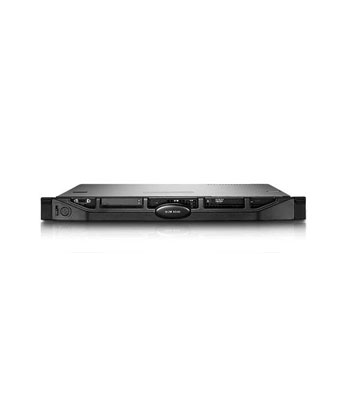
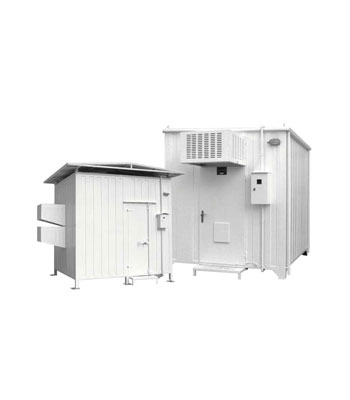

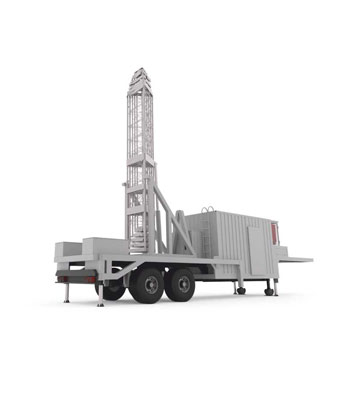
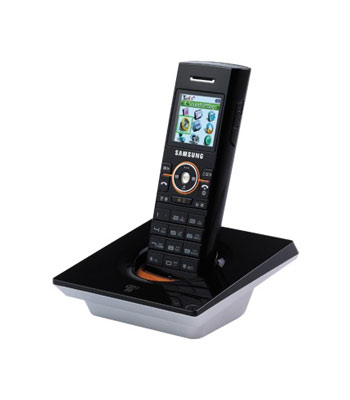
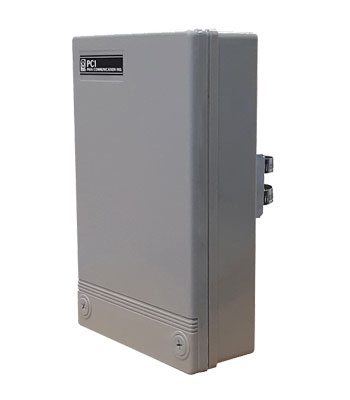
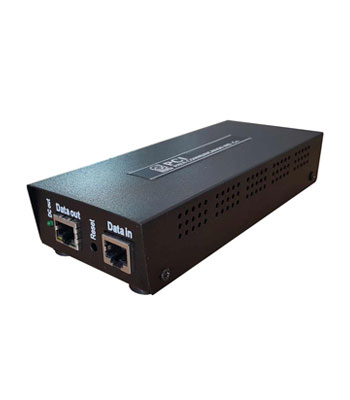




Reviews
There are no reviews yet.